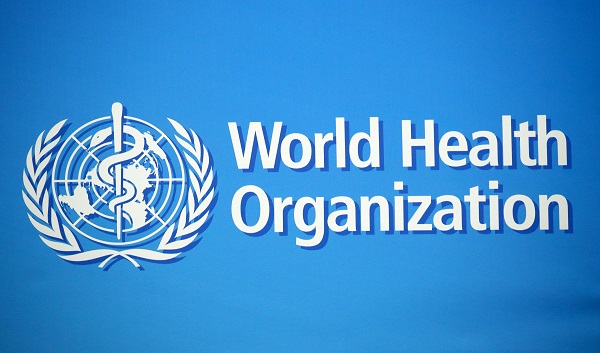
The World Health Organisation (WHO) has disclosed that an estimated 12.6 million persons have died from living or working in an unhealthy environment.
This disclosure was made by the WHO national consultant, public health and environment, Dr. Edwin-Isotu Edeh during the sixth annual conference of health journalists in Nasarawa State. He said the number represents one in four of all deaths globally.
According to him, this underscores the devastating impact of the chemicals and waste in the air, water and earth since the end of World War II.
The WHO said deaths due to non-communicable diseases – heart diseases and cancer – are related to exposure to pollution and now make up 8.2 million or nearly two-thirds of the total deaths. “Deaths from infectious diseases such as malaria and diarrhoea due to unsafe water and lack of sanitation represent one-third and are on the decline.
“Lower and middle-income countries seem to bear the greatest burden of environment-related diseases and injuries.
“These include NCDs like cardiovascular diseases and some cancers. While the highest number of deaths per capita attributable to the environment occurs in sub-Saharan Africa, primarily from infectious diseases,” he stated.
While attesting that protecting and creating healthy environments is a critical component of sustainable development, he said: “Environmental health can be integrated into sustainable development by improving environmental quality for the poorest populations with the greatest burden of environmental diseases, by reducing exposures to air pollution in homes and villages from biomass burning, and providing clean water and sanitation identifying efforts to address environmental problems that can also provide health benefits.
“Recognising that some policies, practices and technologies designed to promote sustainability and economic development may have unintended adverse environmental health effects, and attempting to prevent or mitigate these before they are implemented”.

